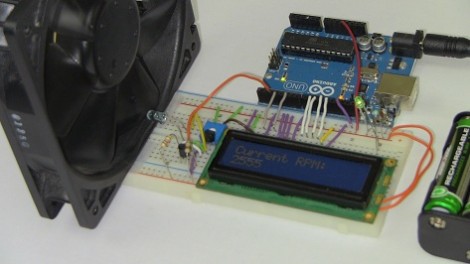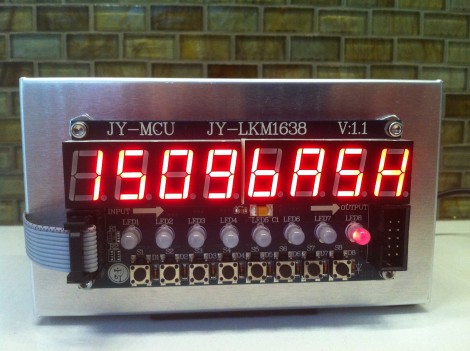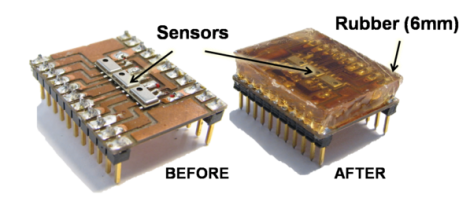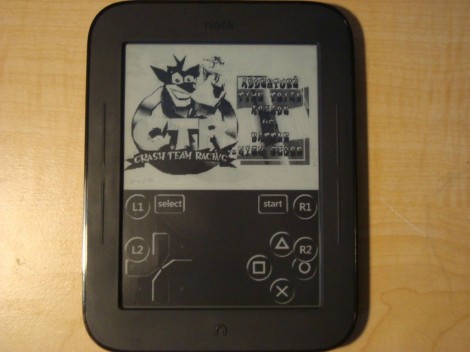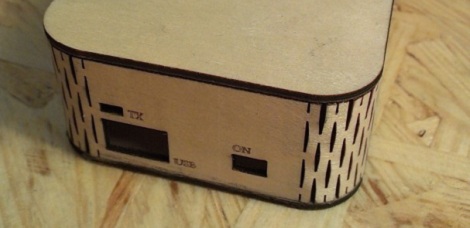
Motor driver chip too weak for your needs? Just use two of them. That’s the advice which [Starlino] gives. He stacks motor driver chips to product move powerful controllers.
When stacked as shown, the driver combos should be able to drive at 4A. This is partly because he ganged together the outputs in pairs, and also because of the stacking. That’s a lot of juice, but [Starlino] documented his testing stage which shows that they’re up to it. It’s a bit hard to see from this angle, but he is using a serpentine heat sink. It snakes its way between the stack of chips, then over the top chip before folding back and spreading its wings. The motors he’s using have a stall current of 3.7A, and he included resettable fuses graded at a 2A hold current. He’ll be glad to have that extra protection is something goes wrong with the drivers.
[Thanks Roger]

